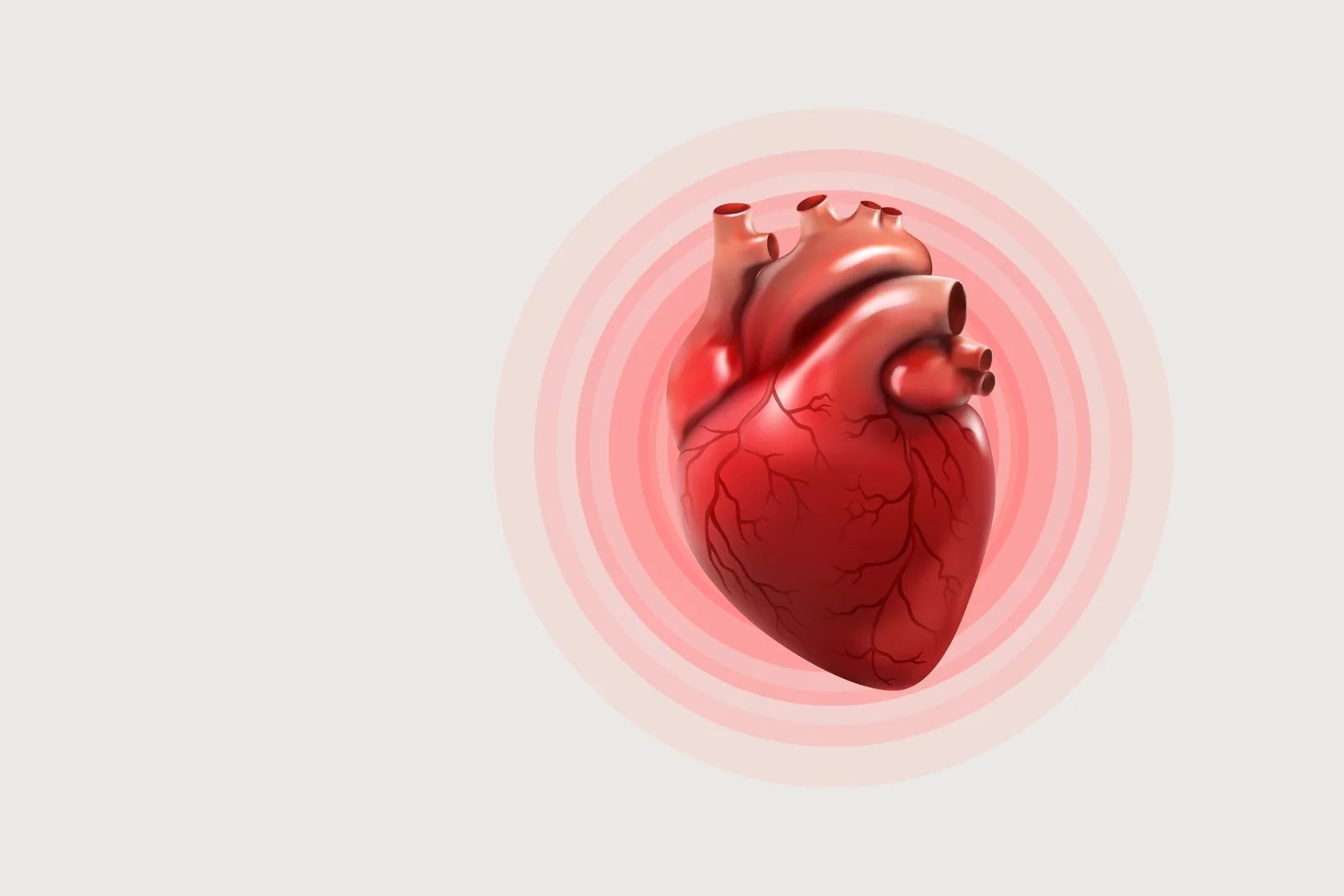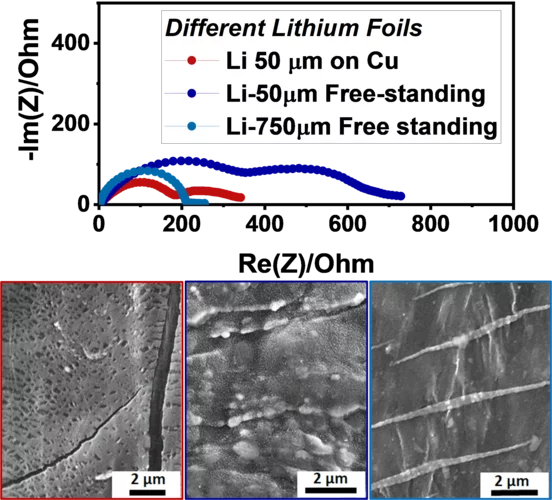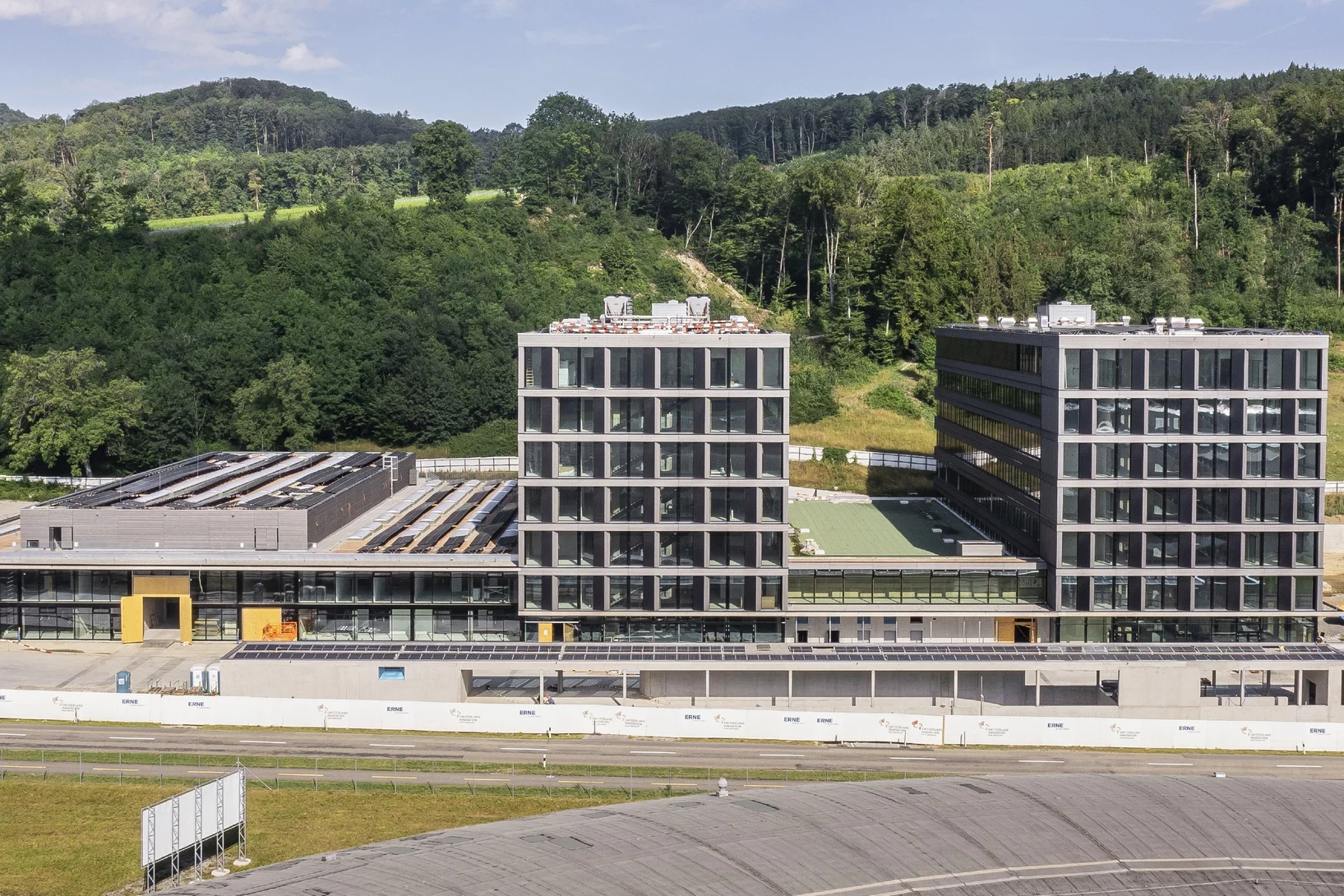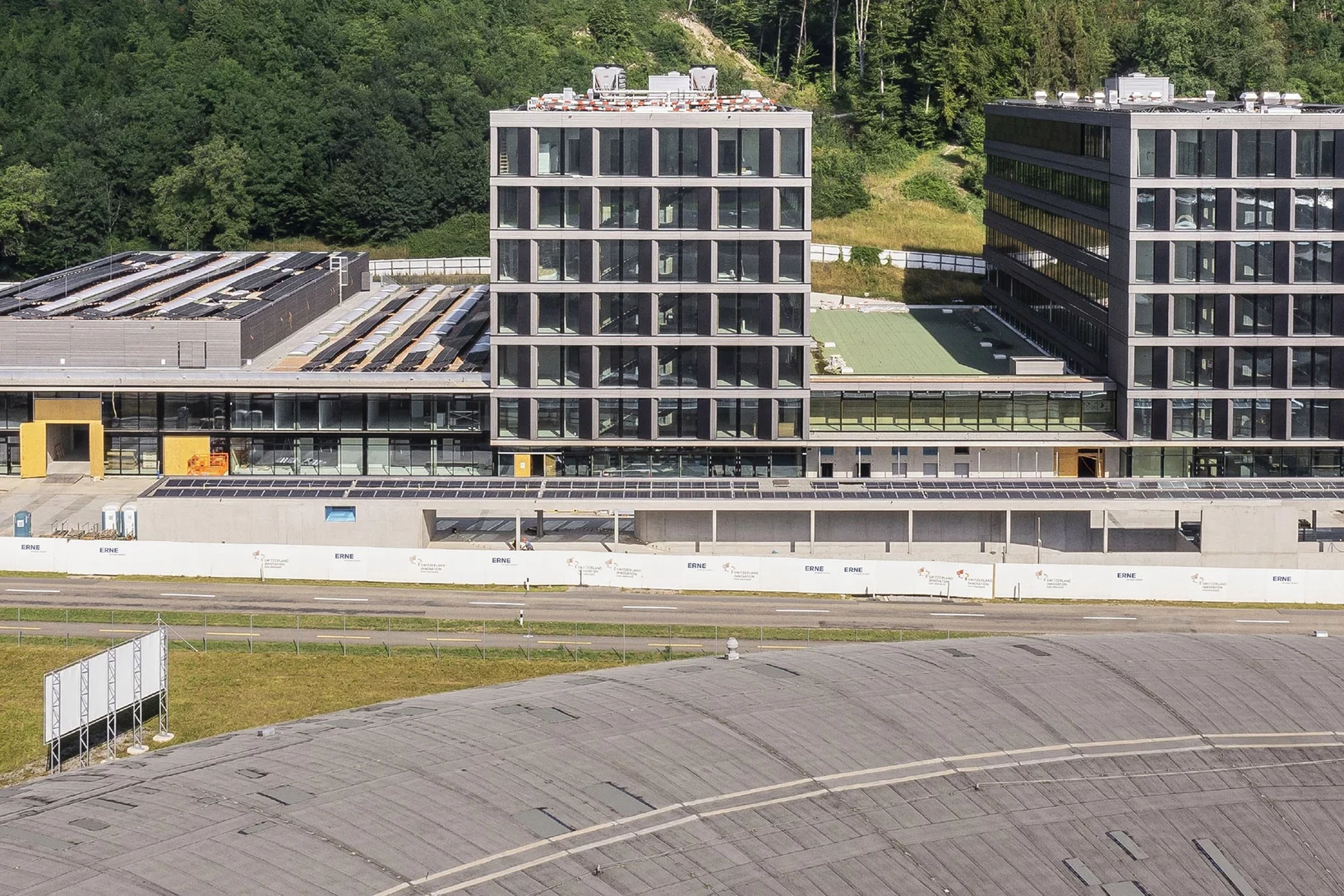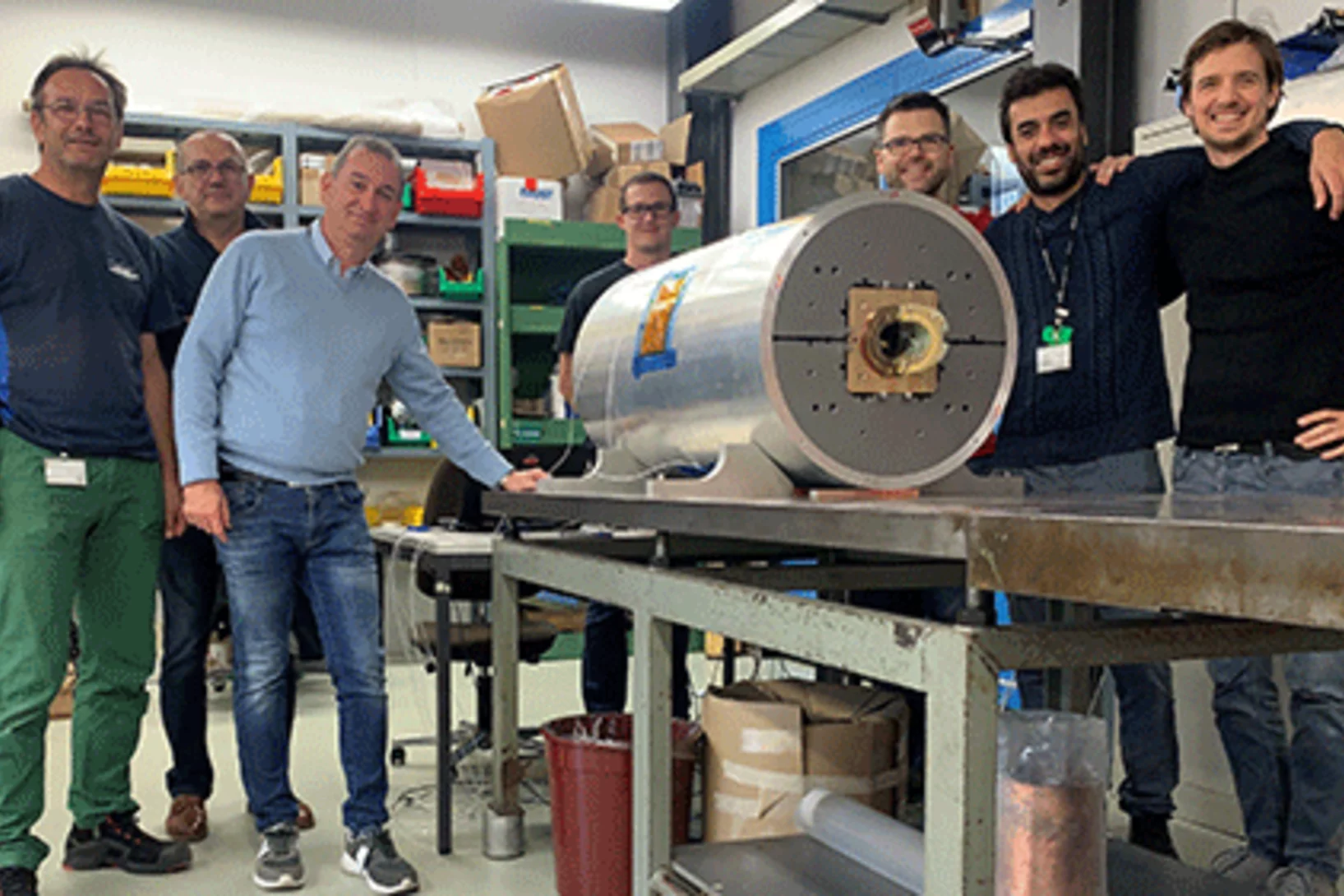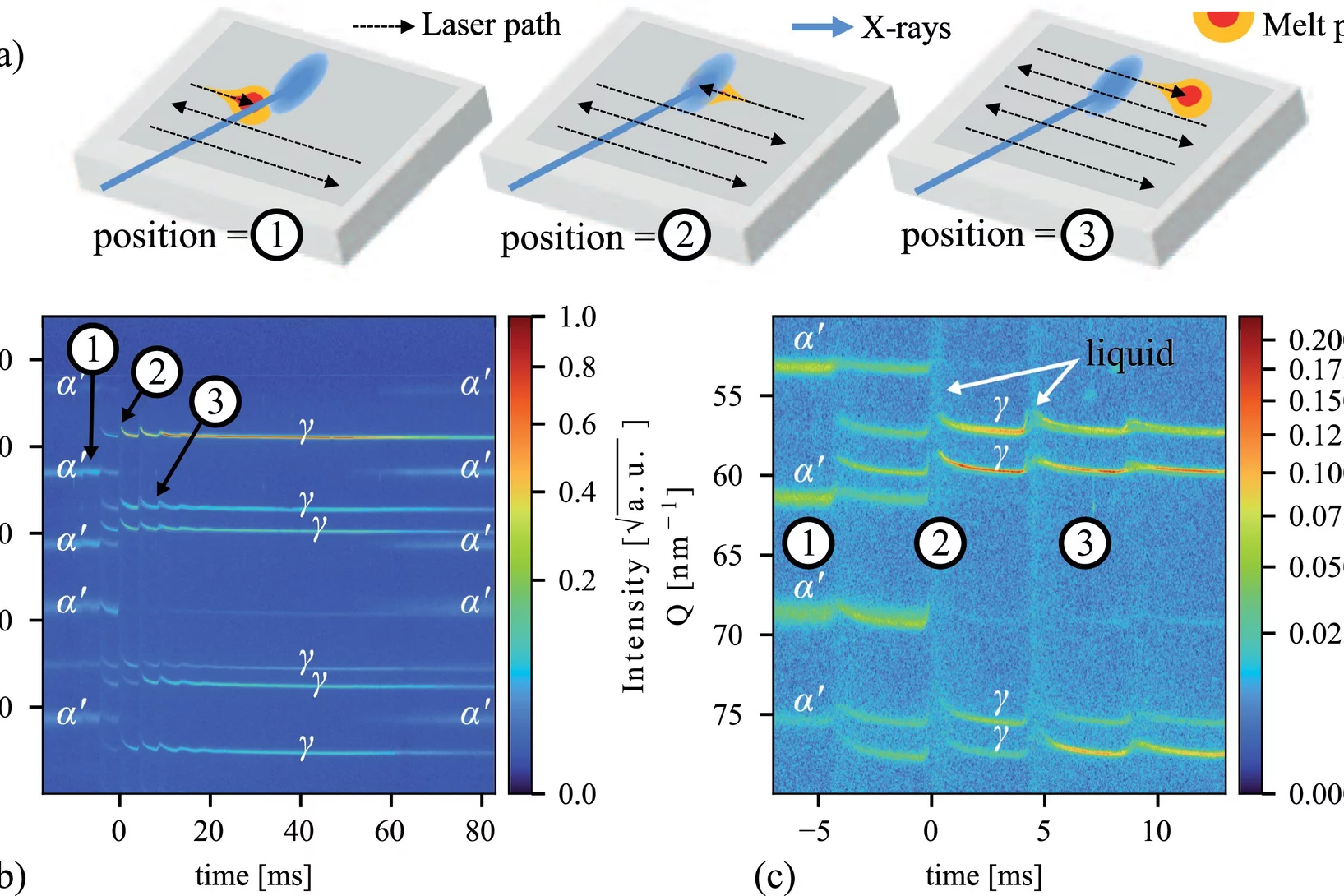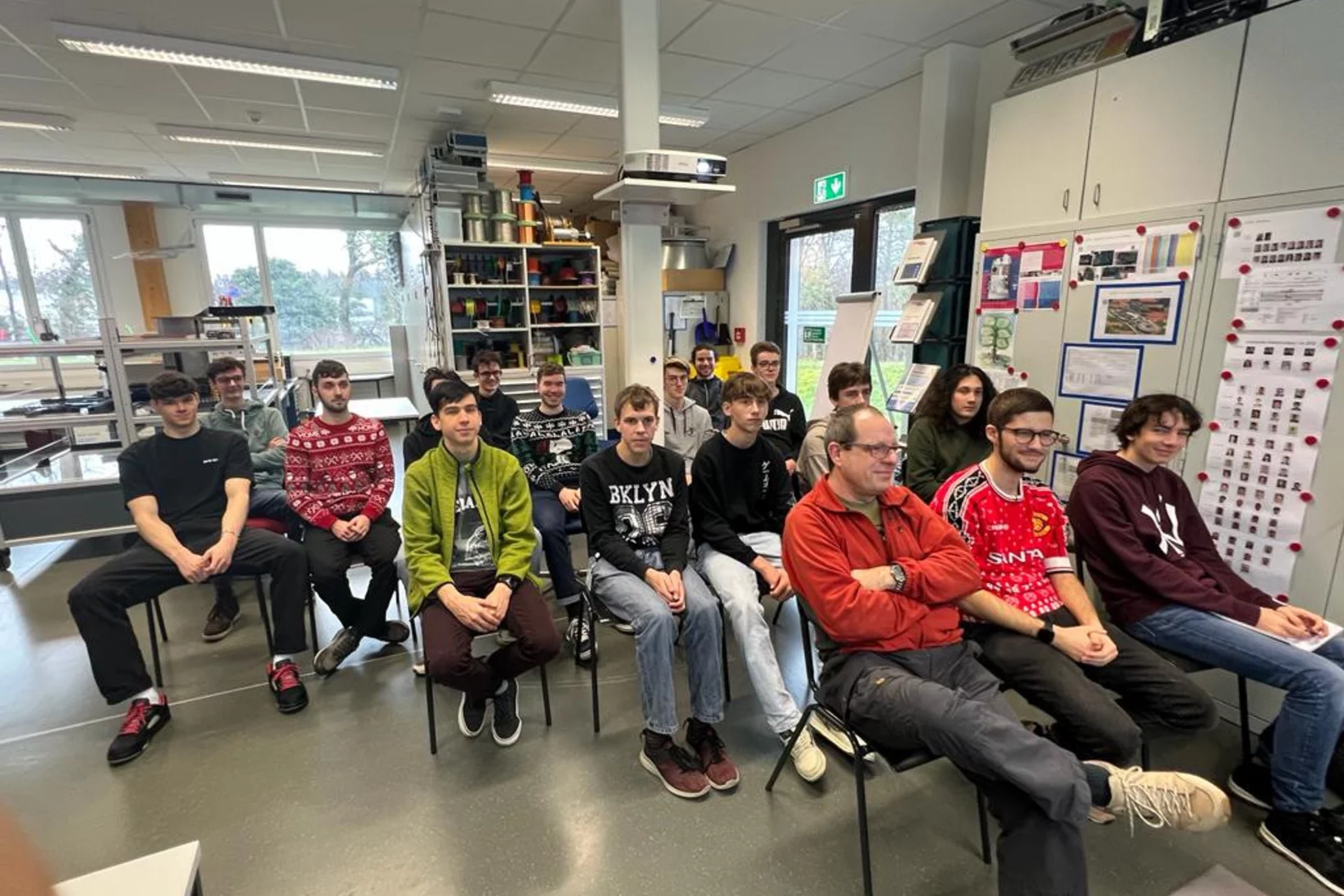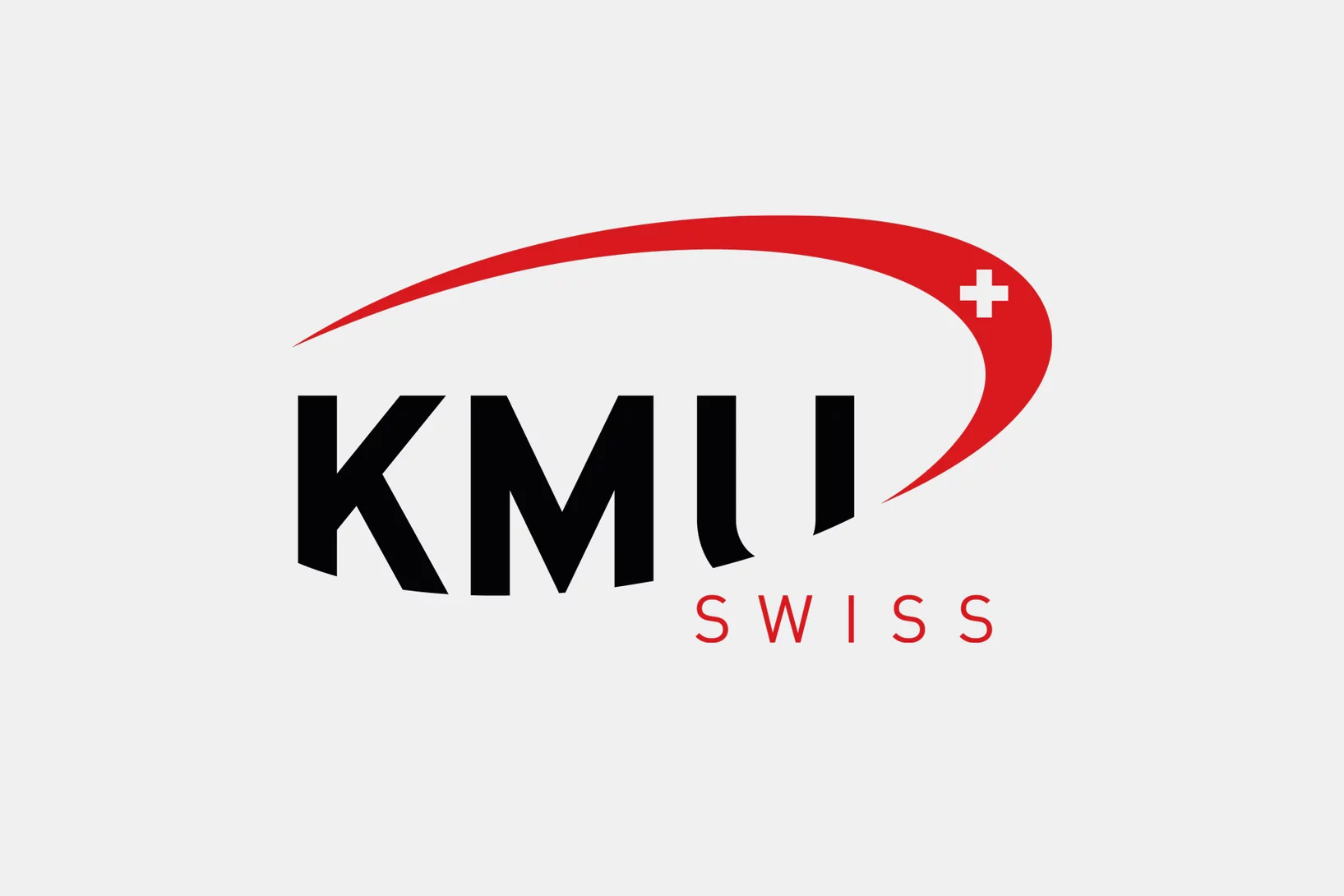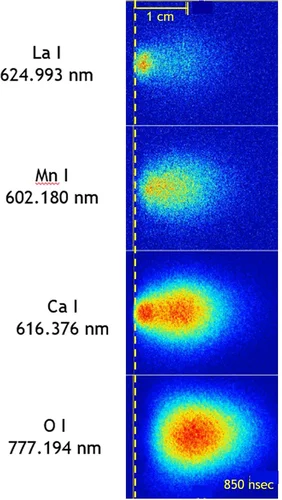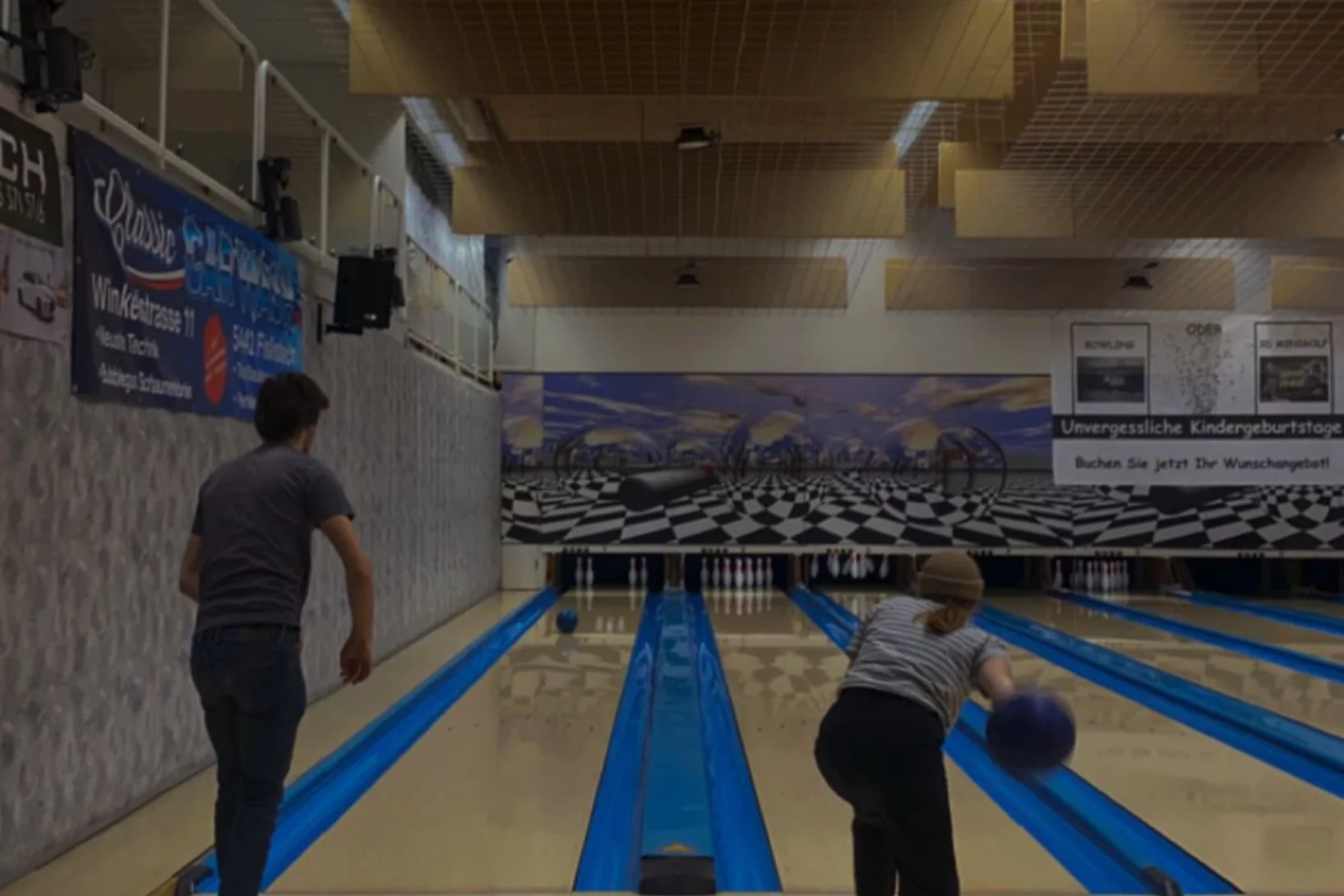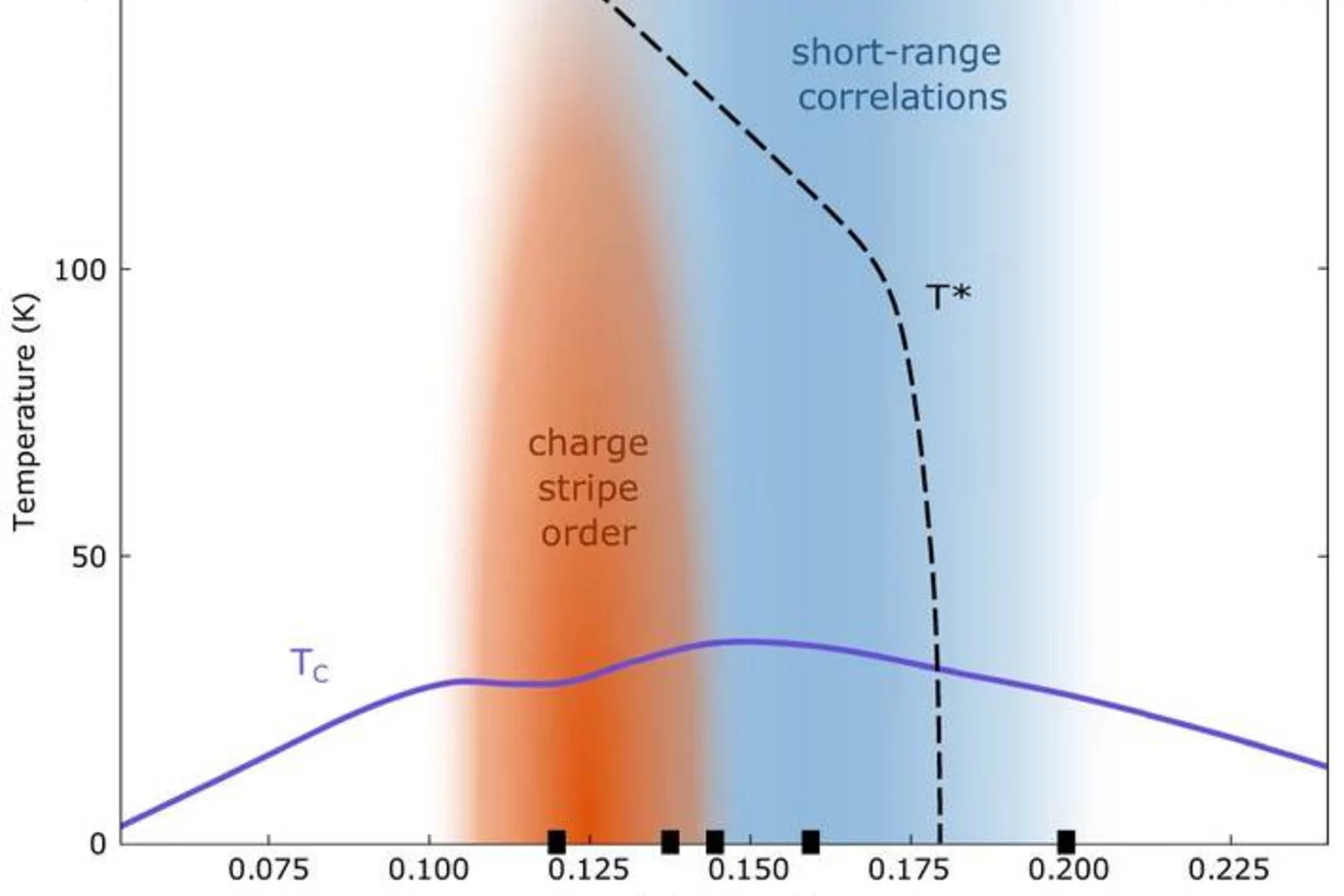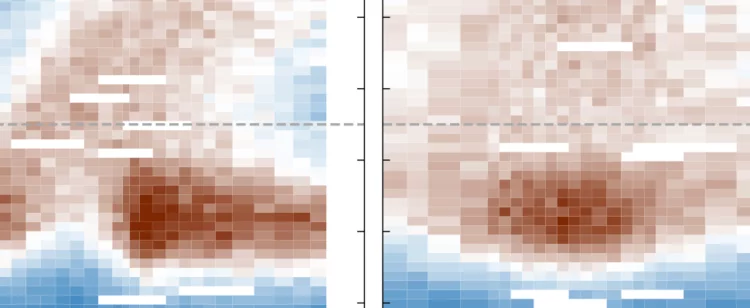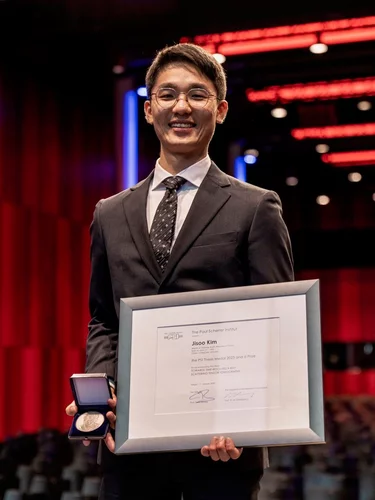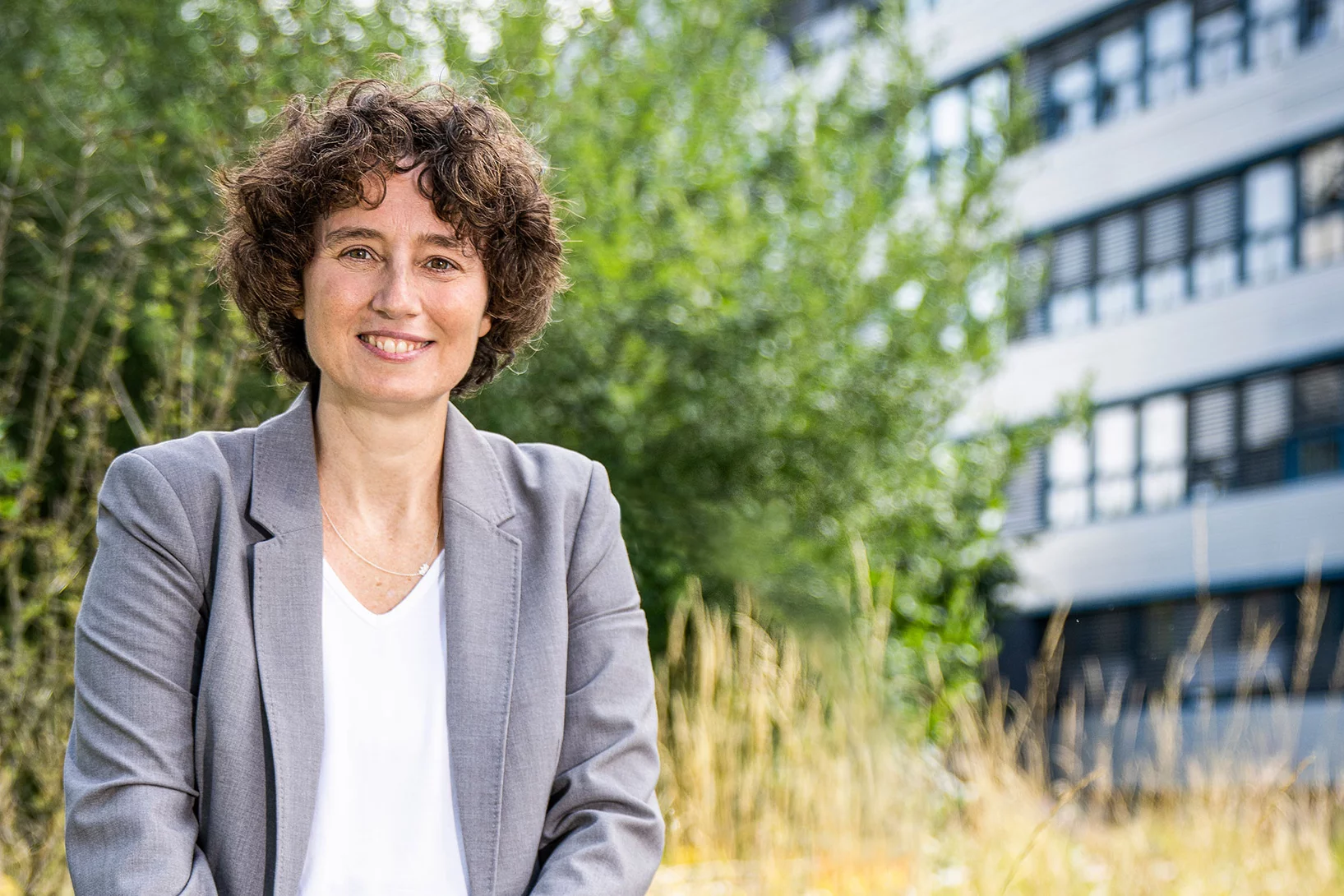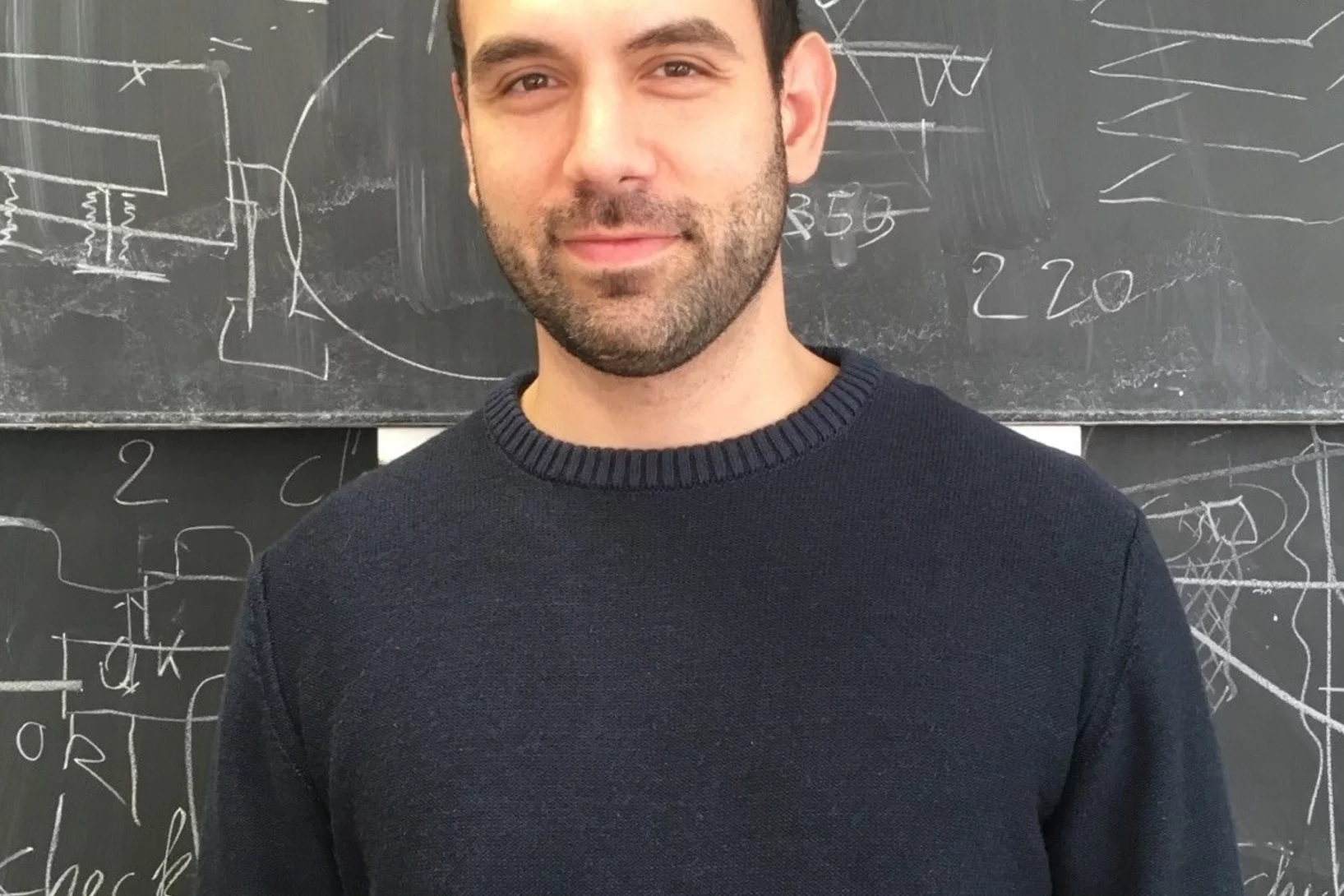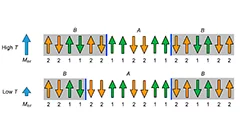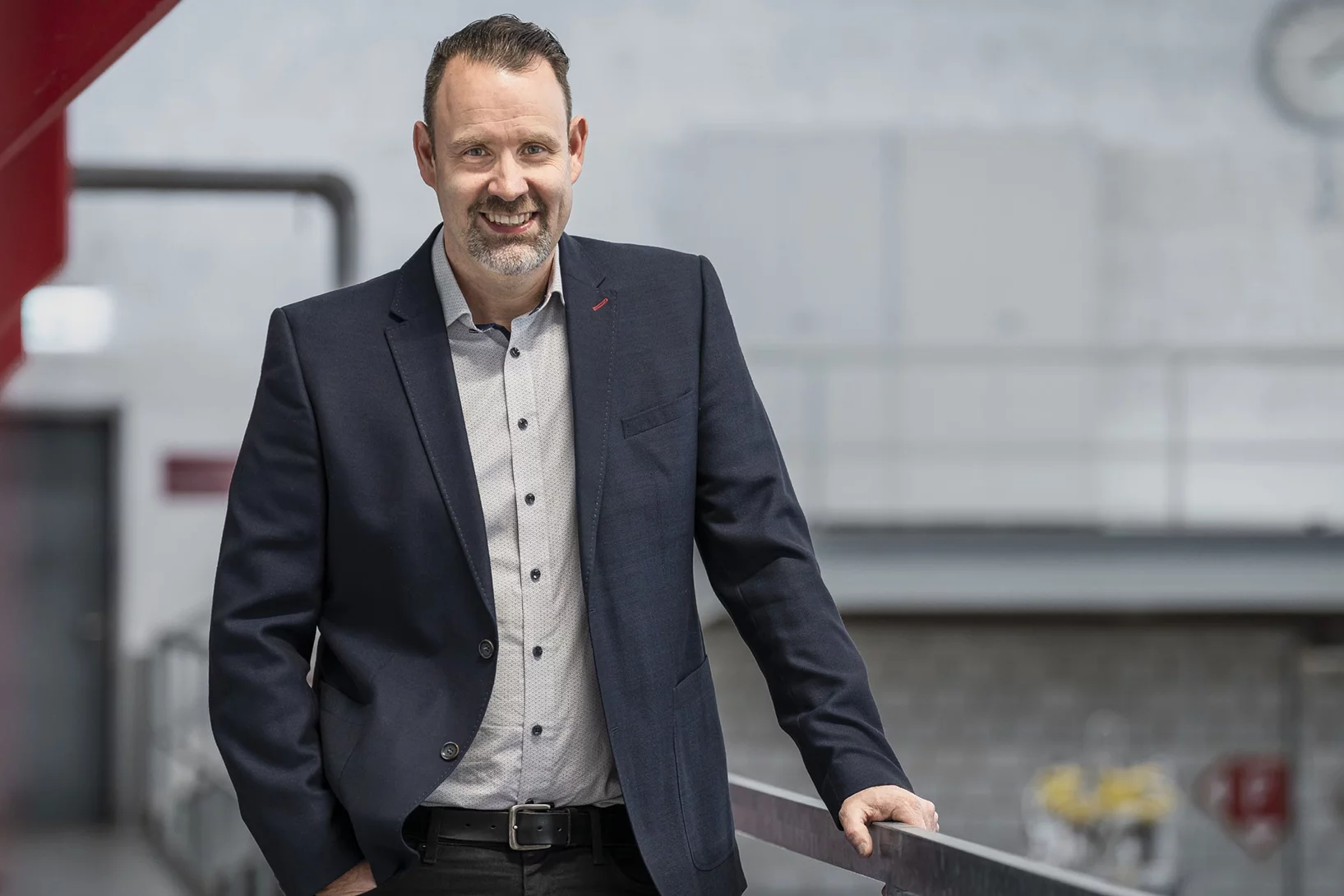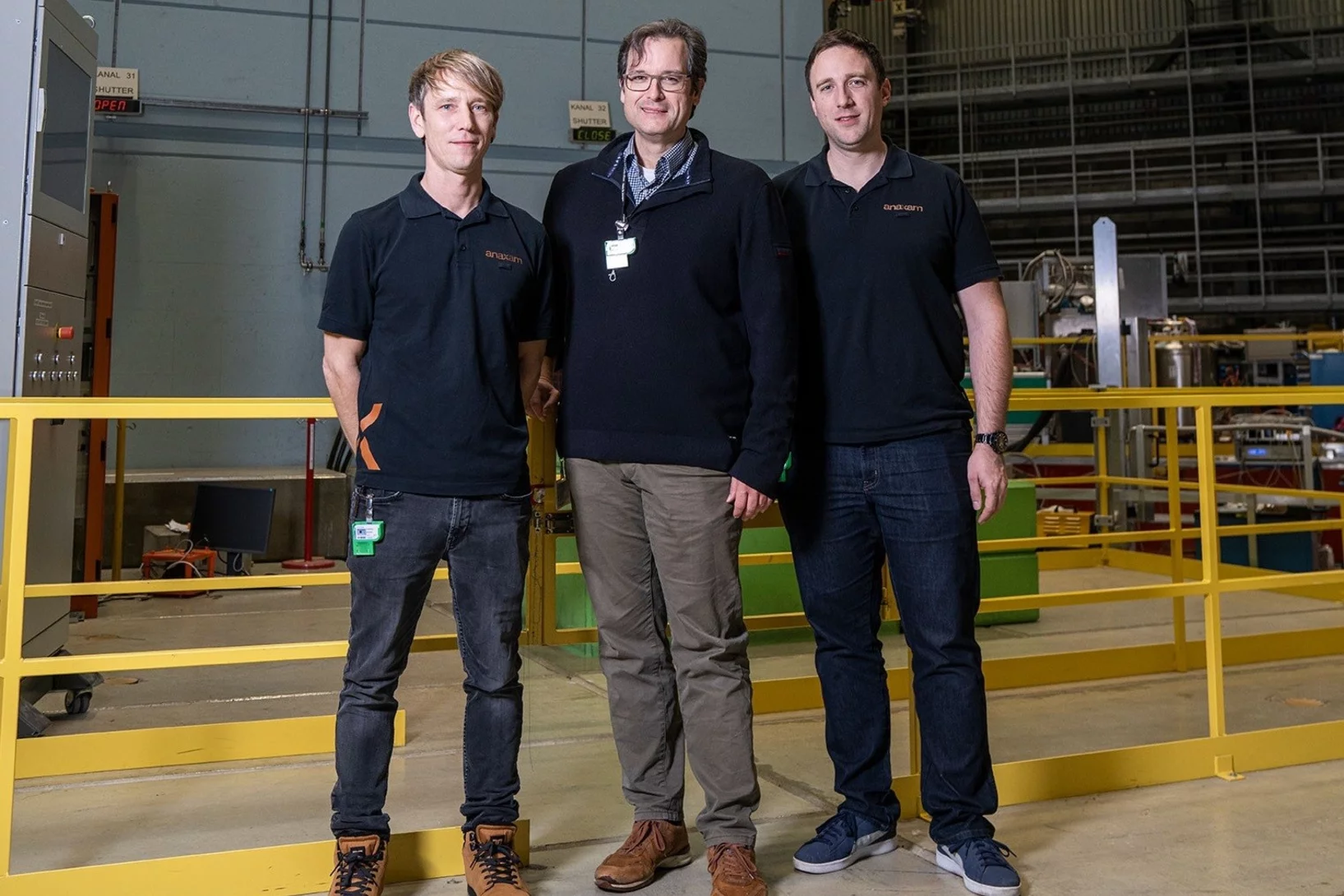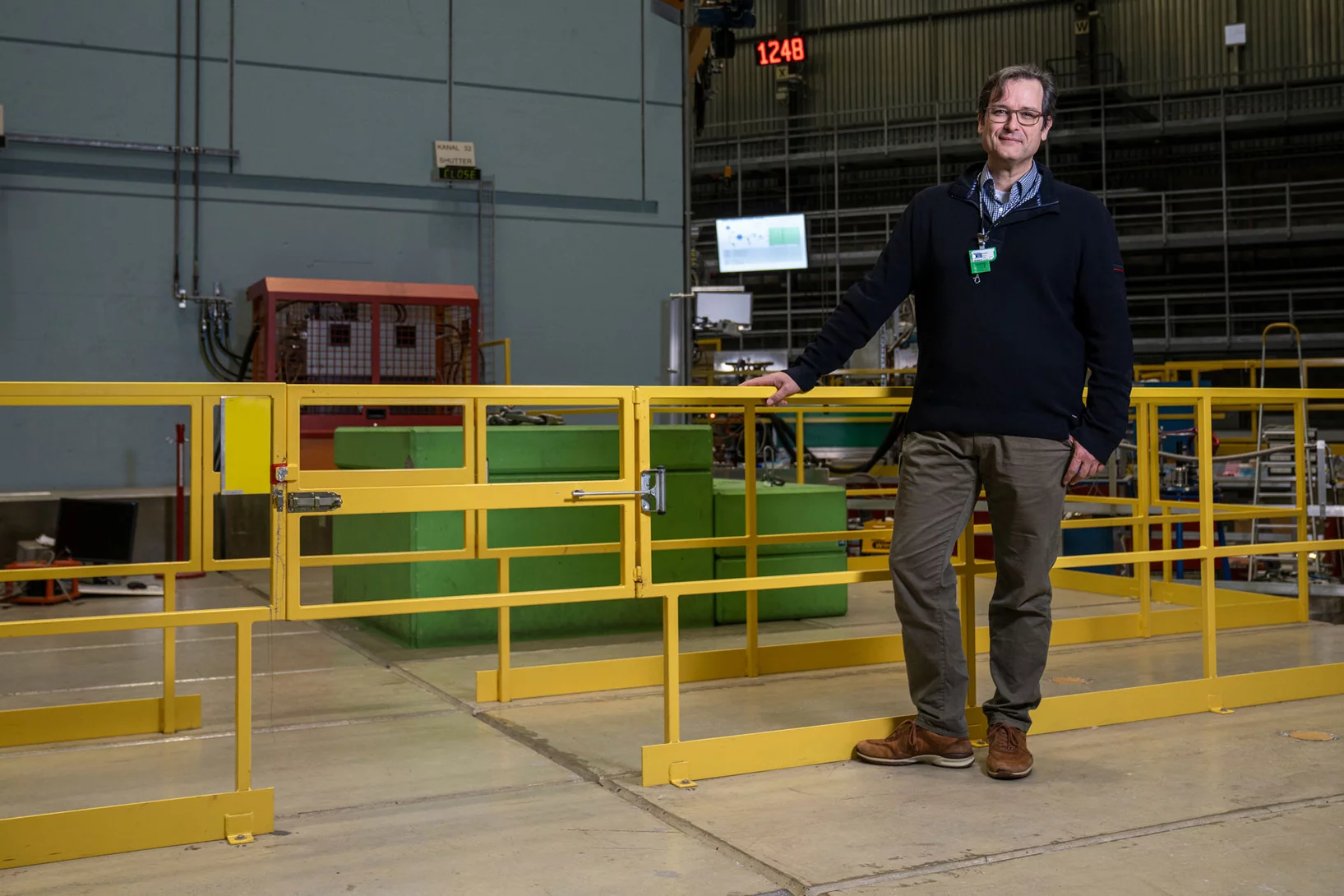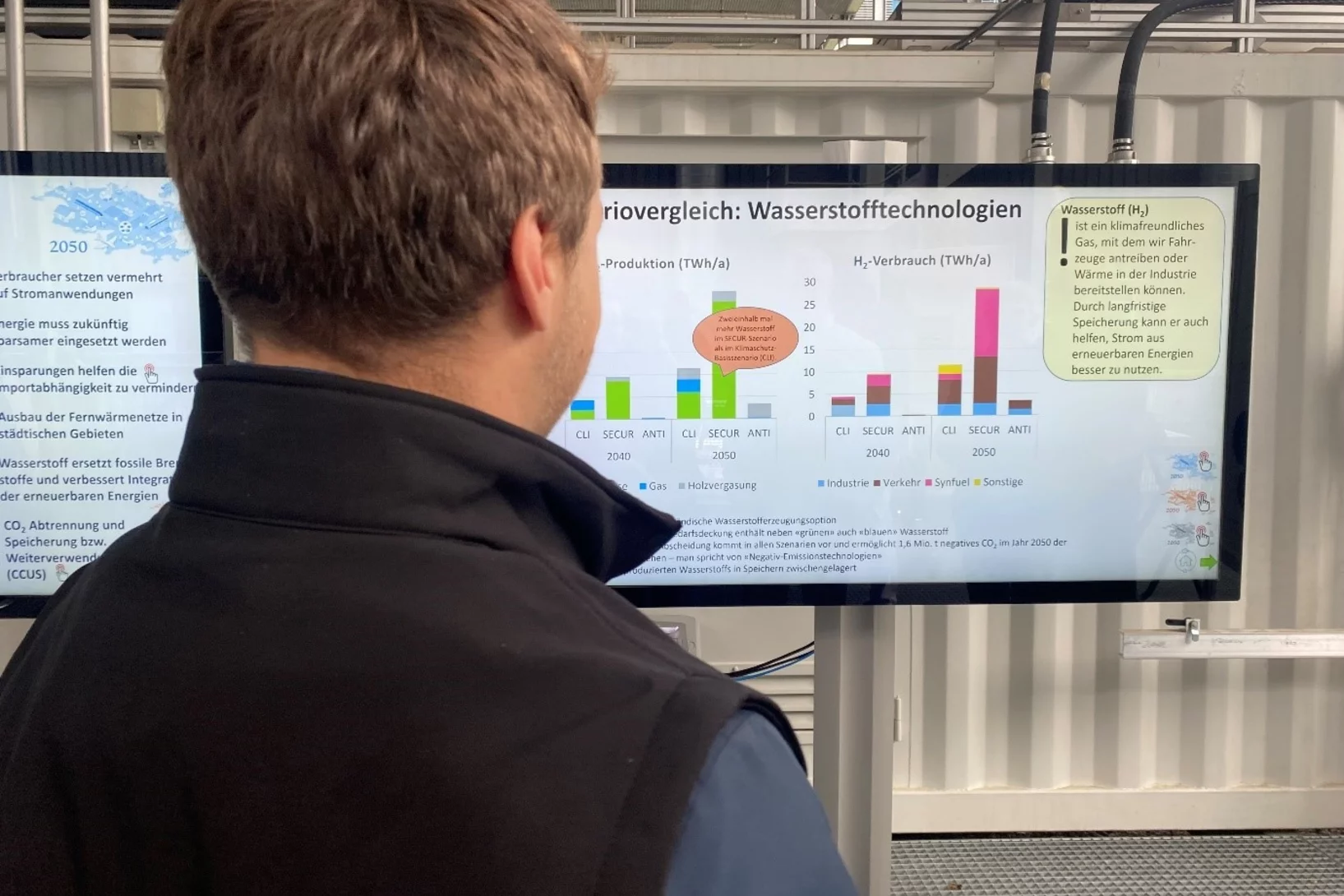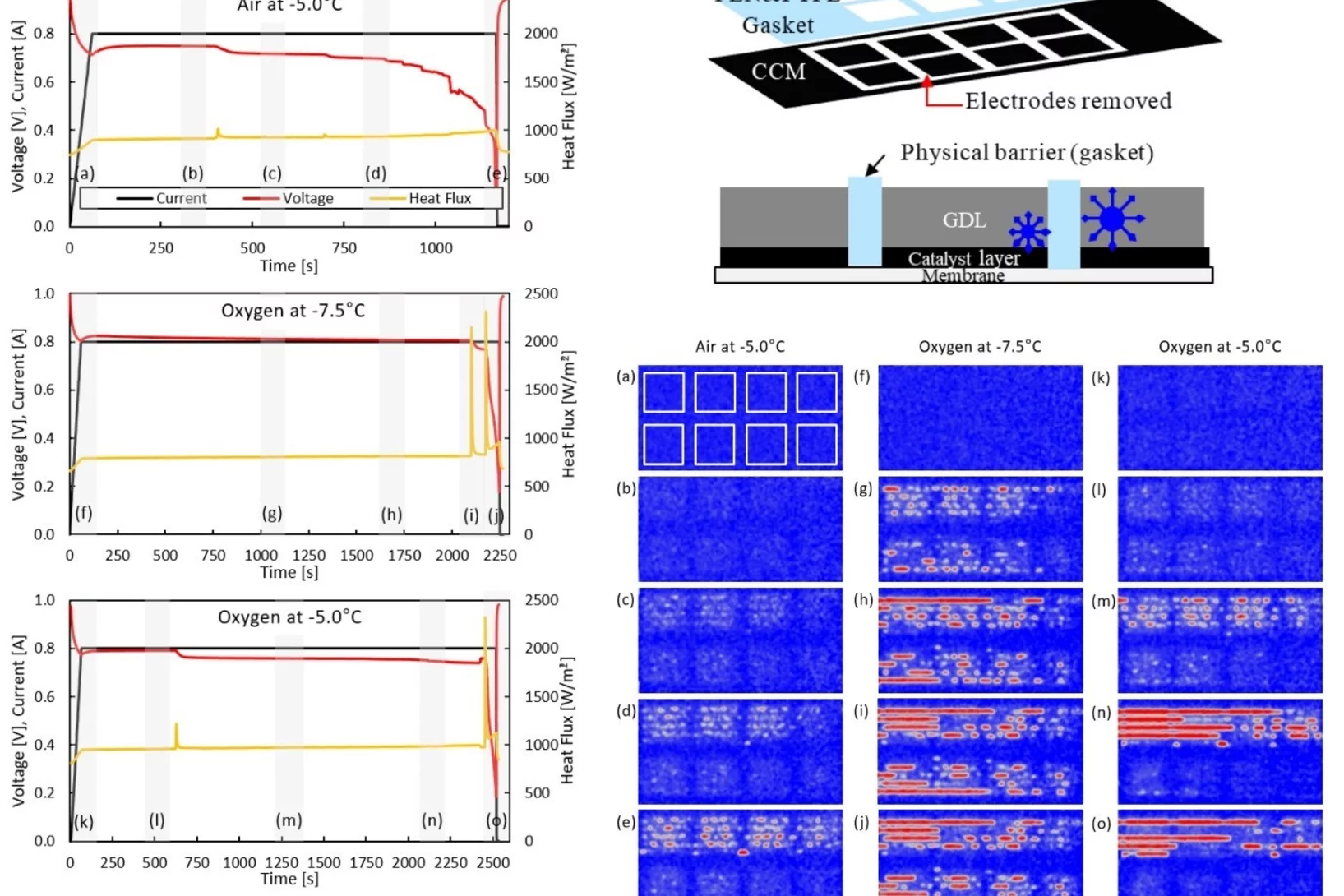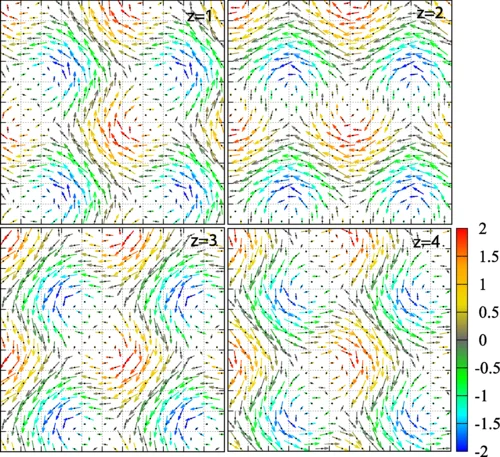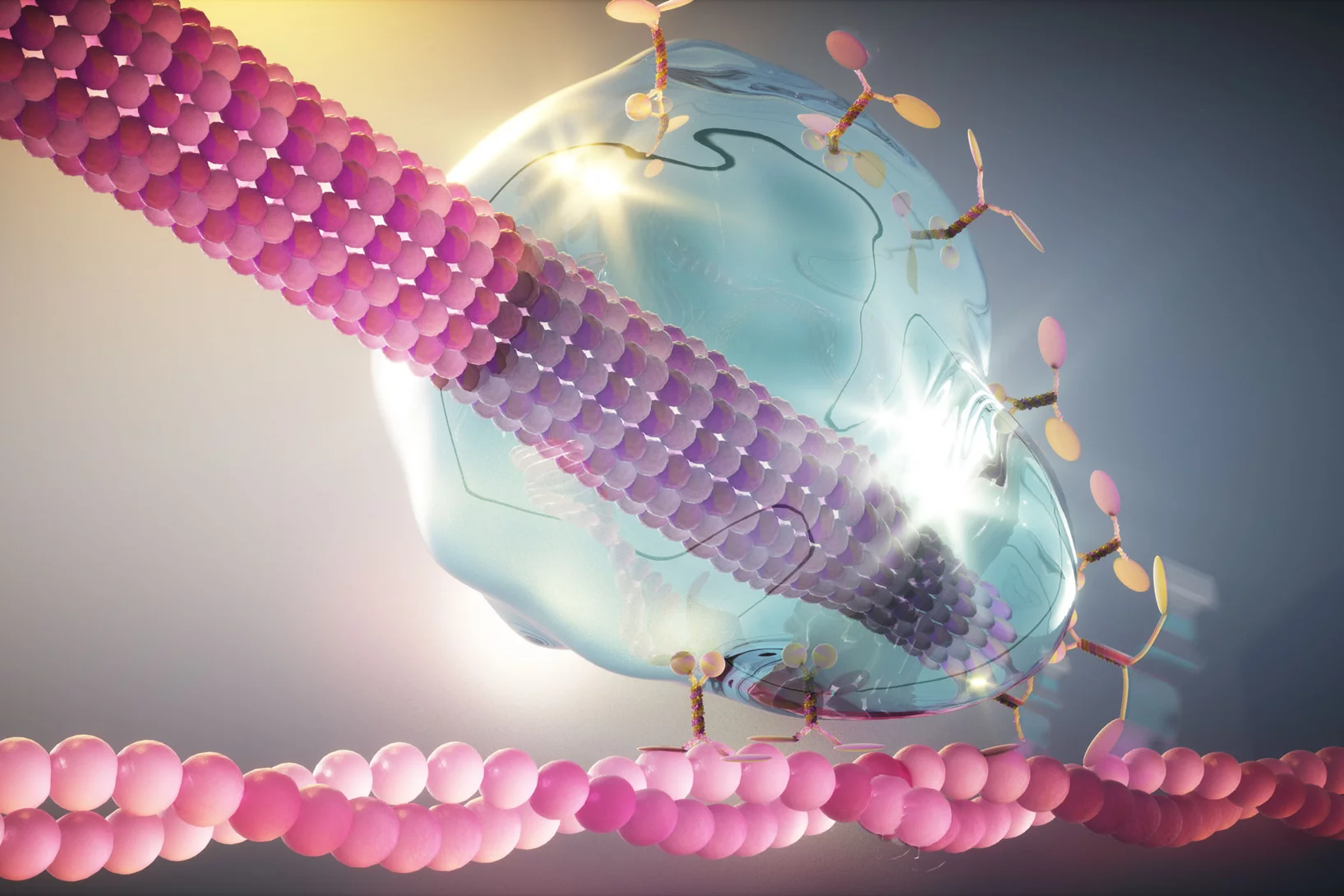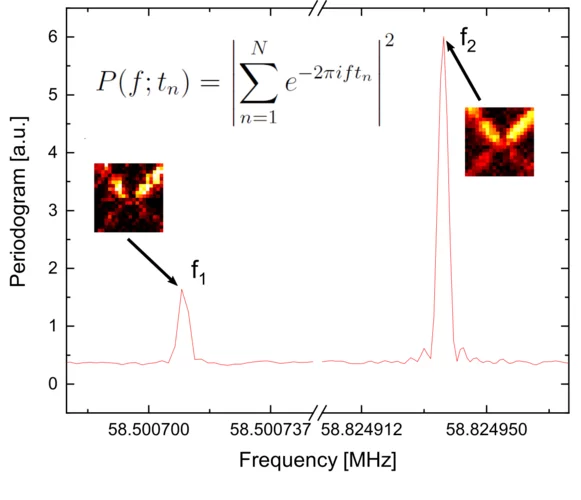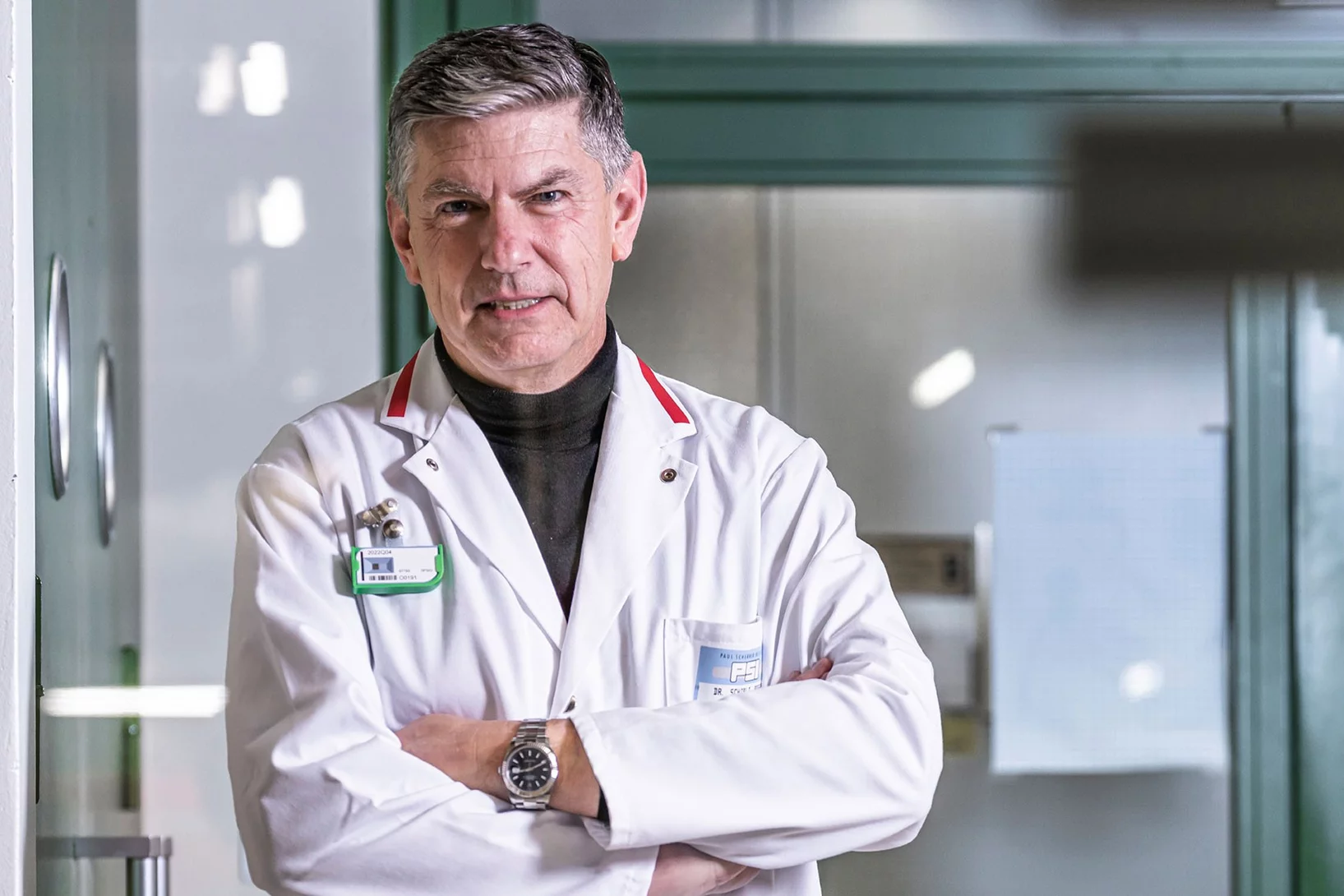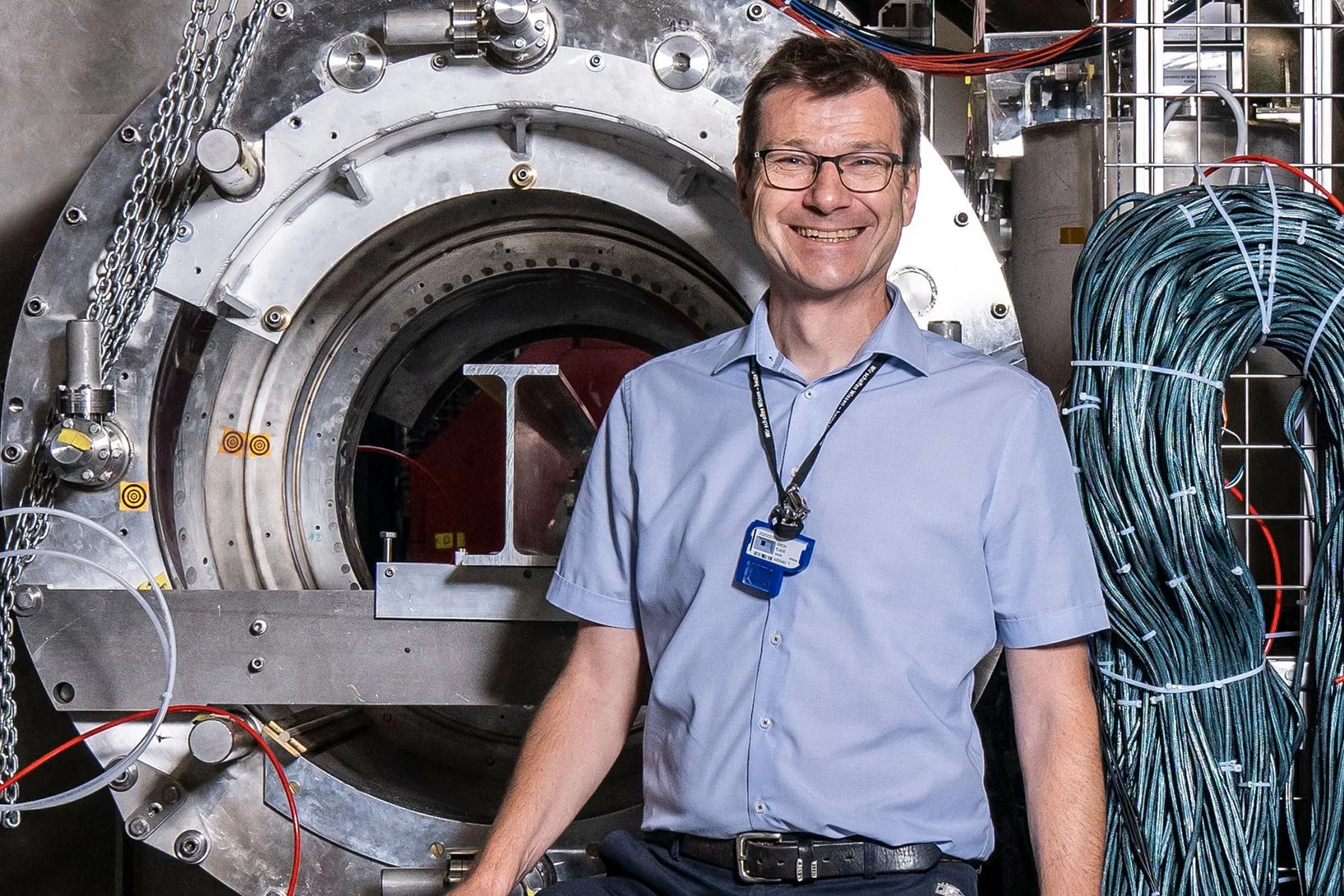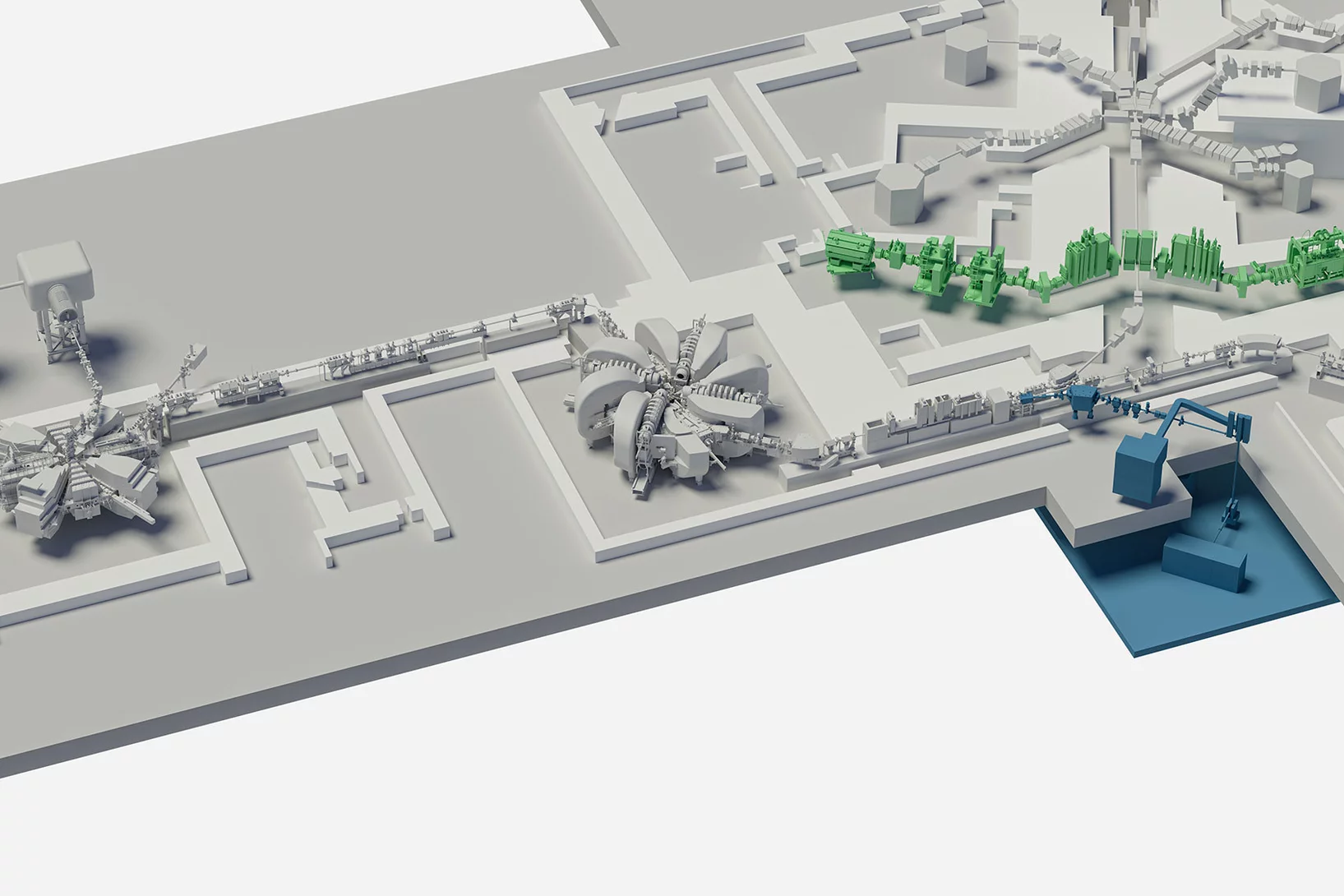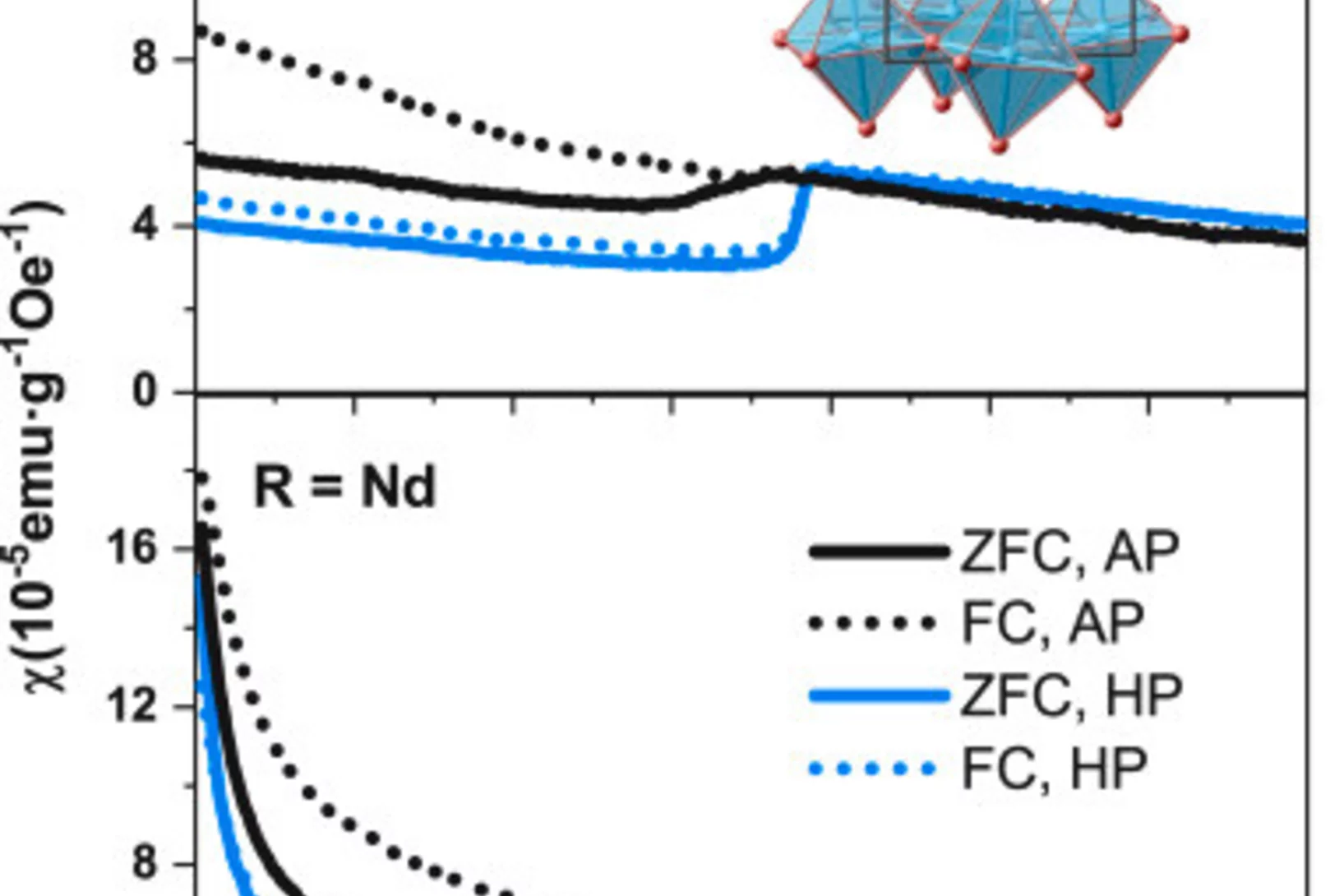X-ray tomography helps understand how the heart beats
Researchers at the Swiss Light Source SLS use X-ray phase contrast imaging to study a heart in action as it beats.
Updated electrochemical impedance model for understanding the interface of metallic lithium
Lithium metal negative electrodes are often used as counter electrodes while testing other electrochemically active materials, and are considered to be equivalent, independently of their thickness, supplier and production processes used. Here, we clearly demonstrate, using Electrochemical Impedance spectroscopy (EIS) that it is not the case, as well as the often-used symmetric cells are actually not so symmetric, when EIS spectra are disentangled using Thee-electrode cells.
Neues Technologietransferzentrum für die Photonik-Industrie
Das Technologietransferzentrum Swiss PIC wurde Anfang Januar 2023 gegründet. Es wird bei der Integration optischer Systeme auf elektronischen Komponenten Innovation schaffen und der Industrie zugänglich machen. Das Swiss PIC wird am Park Innovaare angesiedelt sein und damit in unmittelbarer Nachbarschaft zum Paul Scherrer Institut PSI, das neben weiteren Beteiligten aus Industrie und Forschung einer der Gründungspartner ist.
Swiss PIC unterstützt die Schweizer Photonik-Industrie
Das Technologietransferzentrum Swiss PIC wird im Park Innovaare angesiedelt sein.
CHART MagDev CCT Dipole achieves record field
As one of the first CHART projects, the MagDev activity at PSI designed and built a canted-cosine theta (CCT) demonstrator magnet, wound from Nb3Sn conductor.
Solidification modes during additive manufacturing
The thermal conditions during laser-based additive manufacturing are inferred from high-speed X-ray diffraction data and can be linked to a model for rapid solidification.
Elektroniker-Sitzung vom 23.12.2022
In jedem Quartal führen alle Elektroniker-Lernenden mit den Berufsbildnern eine Sitzung, wo alle synchronisieren. Hier berichten wir über die letzte Sitzung 2022.
PSI am diesjährigen KMU Swiss Symposium!
Am 23. März 2023 findet das diesjährige KMU Swiss Symposium in Baden statt – wir freuen uns, dass wir auch in diesem Jahr wieder vor Ort dabei sind!
Das KMU Swiss Symposium bietet eine Plattform für Austausch und Inspiration – dies wird ermöglicht durch spannende Referate, diverse Messestände mit innovativen Projekten und Networking.
Hören Sie spannende Referate zum Thema «Macht des Vertrauens – Manipulation versus Vertrauen» von u.a. vom Schweizer Armeechef Thomas Süssli oder von Ivano Somaini, Security Analyst der Compass Security Schweiz AG.
Das PSI ist mit dabei – besuchen Sie uns an unserem gemeinsamen Stand mit dem Hightech Zentrum Aargau und erfahren Sie mehr darüber, wie wir Industrie und KMU bei Ihren technischen Herausforderungen und Innovationsprozessen unterstützen können.
PLD plasma plume analysis, a summary of the PSI contribution
We report on the properties of laser-induced plasma plumes generated by ns pulsed excimer lasers as used for pulsed laser deposition to prepare thin oxide films. A focus is on the time and spatial evolution of chemical species in the plasma plume as well as the mechanisms related to the plume expansion. The overall dynamics of such a plume is governed by the species composition in particular if three or more elements are involved. We studied the temporal evolution of the plume, the composition of the chemical species in the plasma, as well as their electric charge. In particular, ionized species can have an important influence on film growth. Likewise, the different oxygen sources contributing to the overall oxygen content of an oxide film are presented and discussed. Important for the growth of oxide thin films is the compositional transfer of light element such as oxygen or Li. We will show and discuss how to monitor these light elements using plasma spectroscopy and plasma imaging and outline some consequences of our experimental results.
Das alljährliche Weihnachtsessen der Automatiker
Wir Automatiker Lernenden vom PSI pflegen jährlich untereinander einen gemeinsamen Abschluss des Jahres, den wir euch gerne näherbringen wollen.
Fate of charge order in overdoped La-based cuprates
In high-temperature cuprate superconductors, stripe order refers broadly to a coupled spin and charge modulation with a commensuration of eight and four lattice units, respectively. How this stripe order evolves across optimal doping remains a controversial question. Here we present a systematic resonant inelastic x-ray scattering study of weak charge correlations in La2−xSrxCuO4 and La1.8−xEu0.2SrxCuO4. Ultra high energy resolution experiments demonstrate the importance of the separation of inelastic and elastic scattering processes. Long-range temperature-dependent stripe order is only found below optimal doping. At higher doping, short-range temperature-independent correlations are present up to the highest doping measured. This transformation is distinct from and preempts the pseudogap critical doping. We argue that the doping and temperature-independent short-range correlations originate from unresolved electron–phonon coupling that broadly peaks at the stripe ordering vector. In La2−xSrxCuO4, long-range static stripe order vanishes around optimal doping and we discuss both quantum critical and crossover scenarios.
Fate of charge order in overdoped La-based cuprates
In high-temperature cuprate superconductors, stripe order refers broadly to a coupled spin and charge modulation with a commensuration of eight and four lattice units, respectively. How this stripe order evolves across optimal doping remains a controversial question. Here we present a systematic resonant inelastic x-ray scattering study of weak charge correlations in La2−xSrxCuO4 and La1.8−xEu0.2SrxCuO4. Ultra high energy resolution experiments demonstrate the importance of the separation of inelastic and elastic scattering processes.
Jisoo Kim receives PSI Thesis Medal 2023
Jisoo Kim receives the PSI Thesis Medal 2023. With this award, PSI recognises outstanding PhD theses, achieving a high degree of innovation and potentially leading to scientific breakthroughs. Jisoo holds a Master of Science from the Korean Advanced Institute of Science &Technology and defended his thesis entitled “Towards time-resolved X-ray scattering tensor tomography” at ETH Zürich.
Making the most of our data
New initiatives will develop open data practices in key strategic areas including electron microscopy and materials science at Paul Scherrer Institute PSI.
Das Beste aus zwei Welten
Annalisa Manera arbeitet als Nuklearforscherin am PSI und als Professorin an der ETH Zürich. Ein Porträt.
Welcome to LXN Paolo Ansuinelli
Herzlich Willkommen Paolo Ansuinelli in LXN!
Unusual ferrimagnetism in CaFe2O4
Rare ferrimagnet states in a phase competing antiferromagnet.
Energie-Effizienz in Zeiten einer möglichen Strom-Mangellage
Wie das PSI den eigenen Betrieb und die Grossforschungsanlagen stetig verbessert.
Auto-Bremse optimiert: erfolgreiche Zusammenarbeit mit Audi Sport
Das Technologietransferzentrum ANAXAM, das PSI sowie Audi Sport konnten in einer gemeinsamen Zusammenarbeit das Potenzial für Optimierungen bei Auto-Bremsen erfolgreich aufzeigen. Zum Einsatz kamen hierfür die Neutronen aus der Spallations-Neutronenquelle SINQ am PSI. Mittels einer gemeinsam entwickelten Messmethode war es nun erstmals möglich, live in den Bremssattel hineinzuschauen und somit Optimierungsmöglichkeiten auszuloten. Für den Industriepartner Audi Sport bringt diese Zusammenarbeit vielversprechende Ergebnisse.
Dieses Projekt ist ein tolles Beispiel für einen erfolgreichen Technologietransfer und zeigt, wie die Grossforschungsanlagen des PSI und die Kompetenzen von ANAXAM ein bekanntes Produkt optimieren und zu neuen Ideen beitragen können.
Vom ‘Sollen’ und ‘Müssen’ zur Vorfreude
Alles Gute zum neuen Jahr! Ich hoffe du bist gut ins 2023 gestartet, und dass es ein spannendes, erfolgreiches und glückliches Jahr für dich wird. Zum Jahreswechsel überlegen sich viele von uns, was wir im neuen Jahr alles tun müssen, oder was wir besser machen sollten als im vergangenen Jahr. Aber gibt es einen besseren Weg?
Auto-Bremsen weiter optimieren
Mit Neutronen blicken Forschende des PSI und ANAXAM ins Innere einer Bremse und spüren Potenziale zur Senkung von CO2-Emissionen auf.
Our Group at the PSI Open Doors Event 2022: Discovering Energy Systems Modelling and Sustainability
On Sunday, 23rd of October, the Paul Scherrer Institute opened its doors and invited the public to explore and experience the manyfold topics which are researched at PSI. The Laboratory for Energy Systems Analysis was present at two stations. Read the article to learn more.
Prevention of freezing propagation in fuel cells using segmentation
The ability to start-up in extreme environmental conditions, including sub-freezing temperatures, is essential to the deployment of the fuel cell technology. Water produced in fuel cells at these temperatures can be in the super-cooled state, and freezing can lead to a rapid shutdown, as water cannot be removed anymore as a liquid. By segmenting a fuel cell, it is possible to prevent the propagation of freezing, which enables the cell operation even after the first freezing event occurred.
Topological magnetic structures in MnGe: Neutron diffraction and symmetry analysis
From new neutron powder diffraction experiments on the chiral cubic (P213) magnet manganese germanide (MnGe), we analyze all of the possible crystal symmetry-allowed magnetic superstructures that are determined successfully from the data. The incommensurate propagation vectors k of the magnetic structure are found to be aligned with the [100] cubic axes, and correspond to a magnetic periodicity of about 30 Å at 1.8 K. Several maximal crystallographic symmetry magnetic structures are found to fit the data equally well and are presented. These include topologically nontrivial magnetic hedgehog and “skyrmion” structures in multi-k cubic or orthorhombic 3+3 and orthorhombic 3+2 dimensional magnetic superspace groups respectively, with either potentially responsible for topological Hall effect. The presence of orthorhombic distortions in the space group P212121 caused by the transition to the magnetically ordered state does not favor the cubic magnetic hedgehog structure, and leave both orthorhombic hedgehog and skyrmion models as equal candidates for the magnetic structures. We also report on a combined mechanochemical and solid-state chemical route to synthesize MnGe at ambient pressures and moderate temperatures, and compare with samples obtained by the traditional high pressure synthesis.
The clever glue keeping the cell’s moving parts connected
Optimised by nature over 100 million years of evolution, this smart liquid provides a crucial coupling that ensures cell division correctly proceeds.
From light-years to nanometers: reconstruction of unknown oscillations in STXM
From light-years to nanometers: by repurposing an algorithm originally developed for the investigation of oscillatory dynamics in astronomical objects, scientists have been able to image non-locked dynamical processes at the nanosecond and nanometer scale.
Radionuklide für personalisierte Medizin
TATTOOS ist Teil des geplanten Upgrades IMPACT. Roger Schibli erklärt die Bedeutung für die Zukunft der Tumortherapie
«Ein Juwel, das man pflegen muss»
HIMB ist eines der beiden Teile des Upgrades IMPACT. Klaus Kirch erzählt von den Plänen.
Doppeltes Upgrade für die Protonenanlage
HIPA soll ab 2025 ein doppeltes Upgrade erhalten. Die Vorbereitungen dafür laufen jetzt.
Magnetic structure of R1/3Sr2/3FeO (R = Pr, Nd)
We present magnetization and neutron powder diffraction studies in the temperature range 2K to 300K for oxygen stoichiometric R1/3Sr2/3FeO (R = Pr and Nd). From full symmetry analysis, we proposed two magnetic models by a combined application of irreducible representations and magnetic space groups. Both models fit equally well the neutron powder diffraction data.

